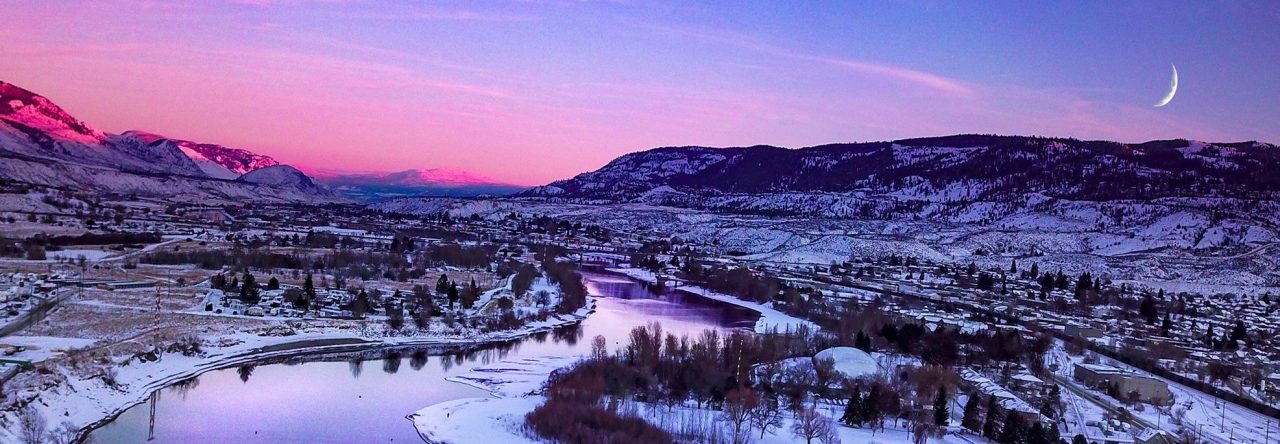62 i. Make age-appropriate curriculum on residential schools, Treaties, and Aboriginal peoples’ historical and contemporary contributions to Canada a mandatory education requirement for Kindergarten to Grade Twelve students.
Book: My name is Seepeetza by: Shirley Sterling
This children’s book, written for ages 9-12, is about a girl named Seepeetza who describes about how she was taken from her home to attend the Kamloops Indian Residential School in the 1950s. This book is written in the form of a journal, so this would be an easy read for younger students as well as relatable such that some students may also write journals. A way to incorporate this into the classroom would be to read it to the class, perhaps one journal entry per day, and then get the students to respond to it, depending on their writing abilities.
Website: Indian Residential Schools and Reconciliation Resources
During my search for sites online regarding Residential Schools, I found many interesting activities that you could include in a lesson, however, I also came across really great resources for grades 5, 10, 11, and 12. The Indian Residential Schools and Reconciliation Teacher Resource Guides were developed by the First Nations School Association and they were created in response to the TRC of Canada to convey informative and imperative material about Residential Schools. This resource could be used as a unit that focusses on the relationship between Aboriginal and non-Aboriginal people throughout history within Canada.
Video: We Were Children
I found this documentary on a website that is full of amazing resources that includes kits, lesson plans, and websites. This documentary is for older students aged 15-17 due to the explicit experiences of two residential school survivors that are shown such as the emotional, physical, and sexual abuse that they suffered. However, if a teacher wanted to introduce it to younger grades, such as 6-7, they could show short clips that focus on the specific content that the teacher wants to focus on. For this grade level, the students could write reflections about how the video made them feel and how different their lives are compared to what they saw.

Leave a Reply